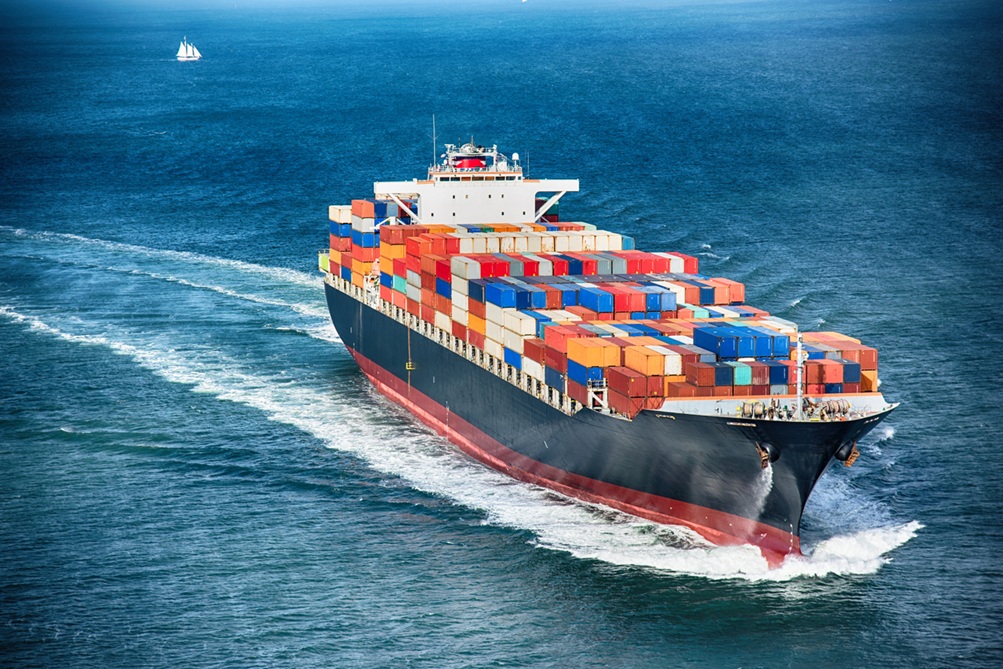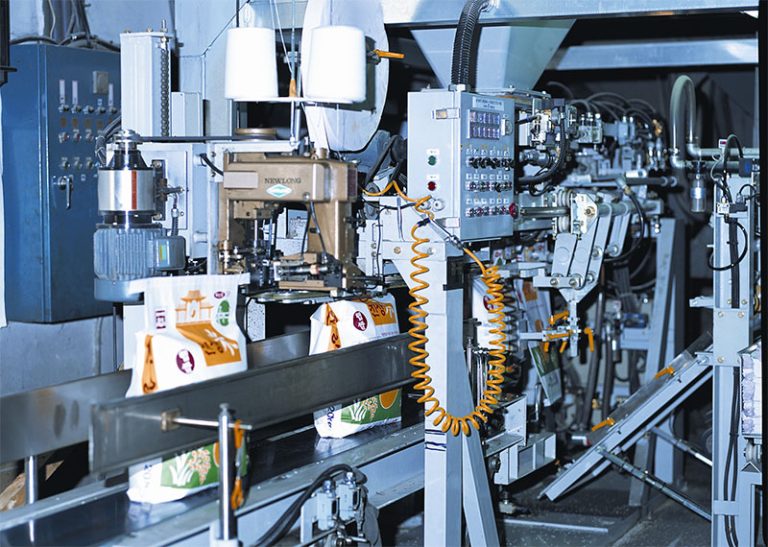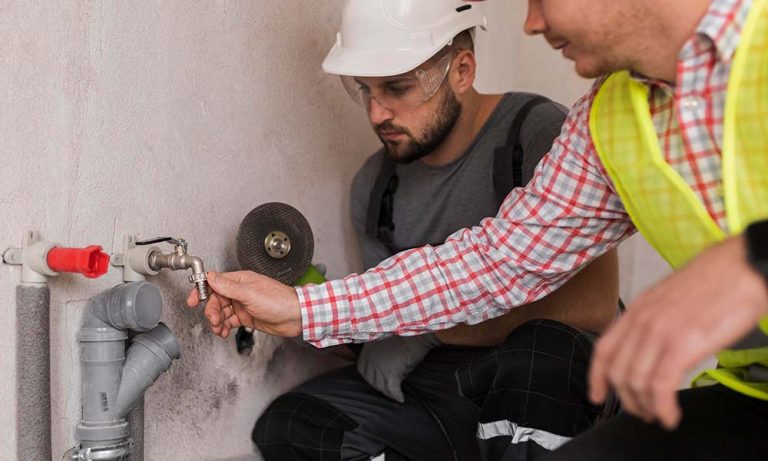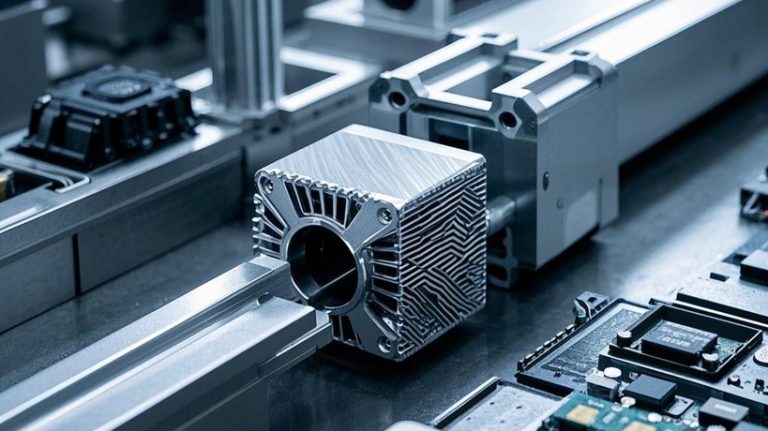In an industry where vessel arrival tonnage reached a staggering 3.11 billion gross tonnes in Singapore alone during 2024, ship safety equipment remains the cornerstone of maritime operations worldwide. As global shipping lanes become increasingly congested and vessels grow in both size and complexity, the critical importance of comprehensive safety systems cannot be overstated.
The maritime industry has witnessed remarkable growth over recent decades, yet this expansion brings heightened safety challenges that demand sophisticated solutions. From life-saving appliances to fire suppression systems, modern vessels rely on an intricate network of protective equipment designed to safeguard both crew and cargo in the face of maritime hazards.
The Human Factor in Maritime Safety
Recent analysis by the European Maritime Safety Agency reveals a sobering reality: human action contributes to 59.1% of accident events, whilst human behaviour factors account for 50.1% of contributing elements in maritime incidents. This statistic underscores why proper safety equipment must not only be present but also readily accessible and intuitive to operate under extreme pressure.
Singapore’s Maritime and Port Authority exemplifies best practice in incident reporting, requiring vessel owners to alert authorities within two hours of any marine casualty, followed by detailed reports within 24 hours. This rapid response protocol highlights how critical proper marine safety apparatus becomes when seconds count.
Essential Life-Saving Equipment Categories
Personal Protective Systems
The foundation of any vessel’s safety infrastructure begins with individual protection devices. Modern maritime safety gear encompasses far more than traditional life jackets, extending to:
• Immersion suits designed for cold water survival
• Personal locator beacons with GPS capabilities
• Emergency breathing apparatus for enclosed spaces
• Safety harnesses and fall protection systems
• Thermal protective aids for hypothermia prevention
Firefighting and Emergency Response Equipment
Fire remains one of the most feared hazards at sea, capable of spreading rapidly through enclosed vessel spaces. Contemporary fire suppression systems integrate multiple technologies to detect, contain, and extinguish blazes before they become catastrophic.
Fixed firefighting installations include water mist systems, carbon dioxide flooding arrangements, and foam delivery networks. Portable equipment such as fire extinguishers, emergency escape breathing devices, and firefighter outfits provide crew members with tools for immediate response whilst awaiting professional assistance.
Navigation and Communication Safety Systems
Advanced Collision Avoidance Technology
Singapore’s development of artificial intelligence-enabled vessel traffic management systems represents the cutting edge of navigational safety technology. These next-generation platforms utilise machine learning algorithms to identify traffic patterns and predict potential collisions, providing ship captains with enhanced situational awareness.
The implementation of maritime 5G networks across Singapore’s major anchorages and fairways by 2025 will enable real-time data exchange between vessels and shore facilities, dramatically improving response times during emergency situations.
Emergency Communication Equipment
Reliable communication systems serve as lifelines during maritime emergencies. Modern vessels employ redundant communication networks including:
• Satellite emergency position-indicating radio beacons (EPIRBs)
• Digital selective calling (DSC) radio systems
• Automatic identification systems (AIS) for vessel tracking
• Emergency satellite communication terminals
• Search and rescue transponders (SARTs)
Environmental Protection and Spill Response
Ship safety equipment extends beyond human protection to encompass environmental stewardship. Singapore’s response to multiple oil spill incidents in 2024, including the Marine Honour incident and Pulau Bukom facility leakages, demonstrates how comprehensive emergency response equipment proves essential for protecting marine ecosystems.
Pollution Prevention Systems
Contemporary vessels incorporate sophisticated oil-water separators, sewage treatment plants, and ballast water management systems. These installations prevent contamination whilst ensuring compliance with international environmental regulations.
Emergency spill response kits containing absorbent materials, containment booms, and dispersant chemicals enable crews to address minor incidents before they escalate into major environmental disasters.
Regulatory Compliance and Standards
International Safety Framework
The International Maritime Organisation’s Safety of Life at Sea (SOLAS) convention establishes minimum safety equipment requirements for commercial vessels. However, progressive operators often exceed these standards, recognising that superior protective systems reduce both operational risks and insurance premiums.
Singapore’s pragmatic approach to SOLAS compliance demonstrates how effective enforcement balances regulatory requirements with practical operational considerations. The Maritime and Port Authority’s three-month practical implementation period for new regulations allows operators to adapt systems whilst maintaining safety standards.
Emerging Technologies and Future Trends
Digital Integration and Smart Systems
The maritime industry’s digital transformation extends to safety equipment through integrated monitoring systems that continuously assess equipment readiness. Smart sensors monitor everything from life jacket battery levels to fire suppression system pressure, alerting crew members to maintenance requirements before equipment failures occur.
Singapore’s establishment of the Maritime Cyber Assurance and Operations Centre by 2025 reflects growing recognition that cybersecurity represents a critical component of modern maritime safety infrastructure.
Autonomous Emergency Systems
Developments in autonomous technology promise safety equipment that can respond to emergencies without human intervention. Automated fire suppression systems, self-deploying life rafts, and drone-based search and rescue capabilities represent the future of maritime emergency response.
Investment in Safety: A Business Imperative
Forward-thinking shipping operators recognise that comprehensive safety equipment represents sound business investment rather than regulatory burden. Reduced insurance premiums, improved crew retention, and enhanced operational efficiency offset initial capital expenditure whilst protecting company reputation.
Singapore’s maritime sector, contributing over S$4.8 billion in business spending during 2024, demonstrates how safety-conscious operations support sustained industry growth and international competitiveness.
The complexity of modern maritime operations demands equally sophisticated protective systems. As vessels continue growing in size and technical complexity whilst operating in increasingly congested waters, investment in comprehensive and technologically advanced ship safety equipment becomes the defining factor between successful voyages and maritime disasters.













